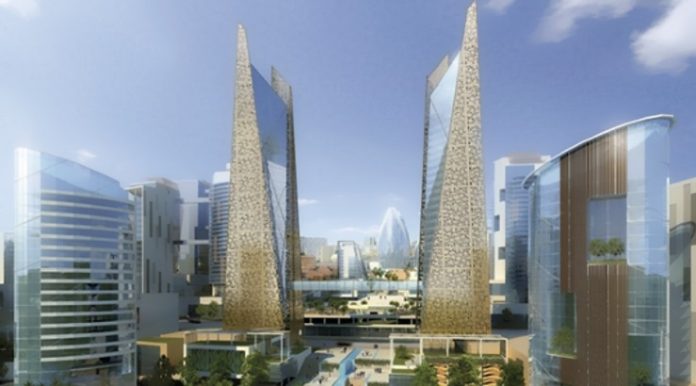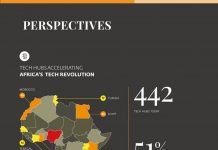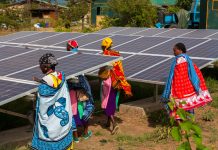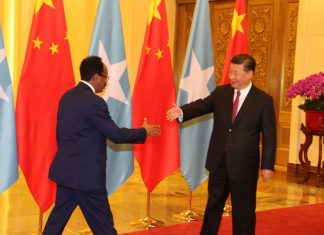Ghana has high hopes for an empty plot of land just outside Accra. The nearly 1.5 million square-meter plot, located about 30 minutes’ drive west of Accra’s city center, is being turned into Hope City, a futuristic technopolis housing what will be Africa’s tallest building.
The Ghanaian government has thrown its support behind the project in hopes that the $10-billion high-tech hub will attract major players in the global information and communication technology industry.
“The IT revolution is taking Africa by storm. In the east Kenya and Rwanda are leading the way. Ghana would have the chance to make a major impact on the West coast,” says Edmond J. Keller, research professor of political science, and former director of the University of California-Los Angeles Globalization Research Center-Africa and of the university’s James S. Coleman African Studies Center. “The human and technological capacity is there and this would be a natural step in the direction of continued progress.”
Construction on Hope City began in June and is expected to be completed within three years.
Ghanaian businessman Roland Agambire, 39, head of the local technology group RLG Communications Ltd., came up with the idea of Hope City, whose sustainable facilities will include an assembly plant for various tech products, business offices, an IT University and a hospital.
It will also feature housing and recreation spaces, including restaurants, theaters and sports centers. The technology park could potentially house 25,000 residents and create 50,000 jobs.
RLG acquired the land on which Hope City is being built and is financing 30 percent of the project. The remainder is to be funded by an array of investors and through a stock-buying scheme.
Egyptian-born Ali El Faramawy, corporate vice president of U.S. software multinational Microsoft Corp. and president of its Middle East and Africa operations, attended the Hope City launch event – a sign, some say, of Microsoft’s interest in the project.
Critics contend that $10 billion is an enormous amount to spend on a building in a developing country, but Keller says it could be a lucrative investment in the long run. “Given the realities and the rapid pace of change in this era of globalization, Ghana has to project into the future and engage in deficit spending in anticipation of increased resource capacities in the future,” he points out.
With appropriate oversight and the anticipated number of jobs created, the project could benefit all of Ghana. “I am sure that progress will not be even. Some regions and localities will benefit more than others, at least in the short run. In the long run, the hope is that the gap between successful and other regions will be closed,” Keller says.
Hope City is being designed by Italian architects OBR Open Building Research and will comprise six towers of varying dimensions, including a 75-story, 270-meter-high building, the tallest in Africa. Expansion bridges at different heights will link the towers.
The architects say the building’s circular design was inspired by the architecture of Ghana’s traditional residential compounds.













